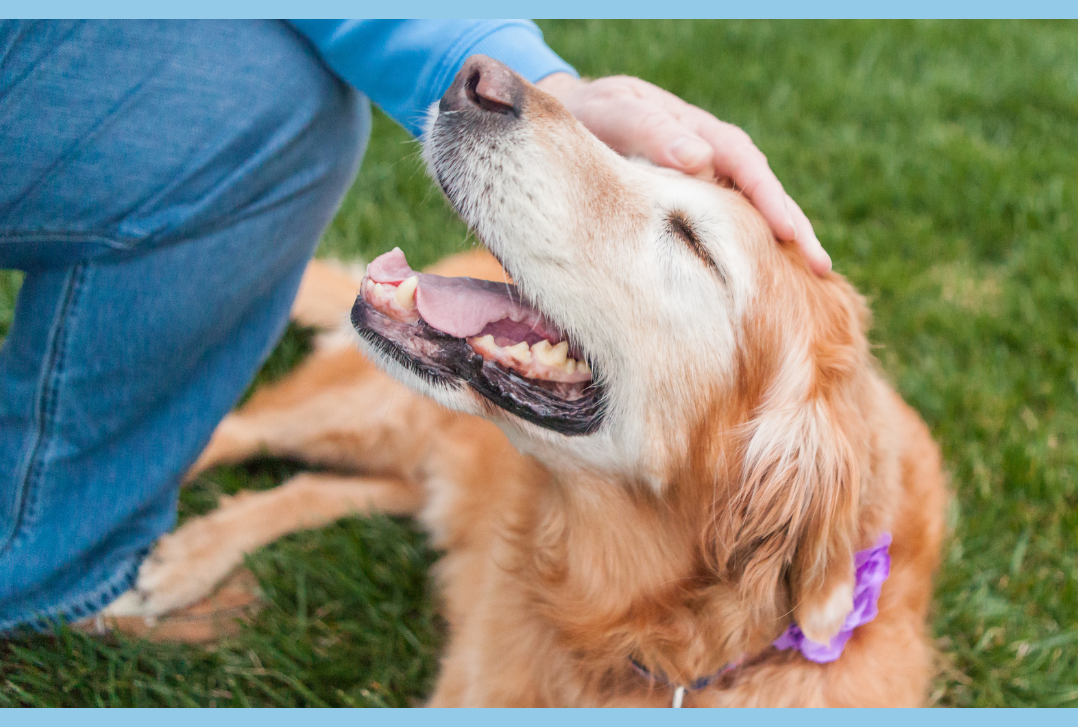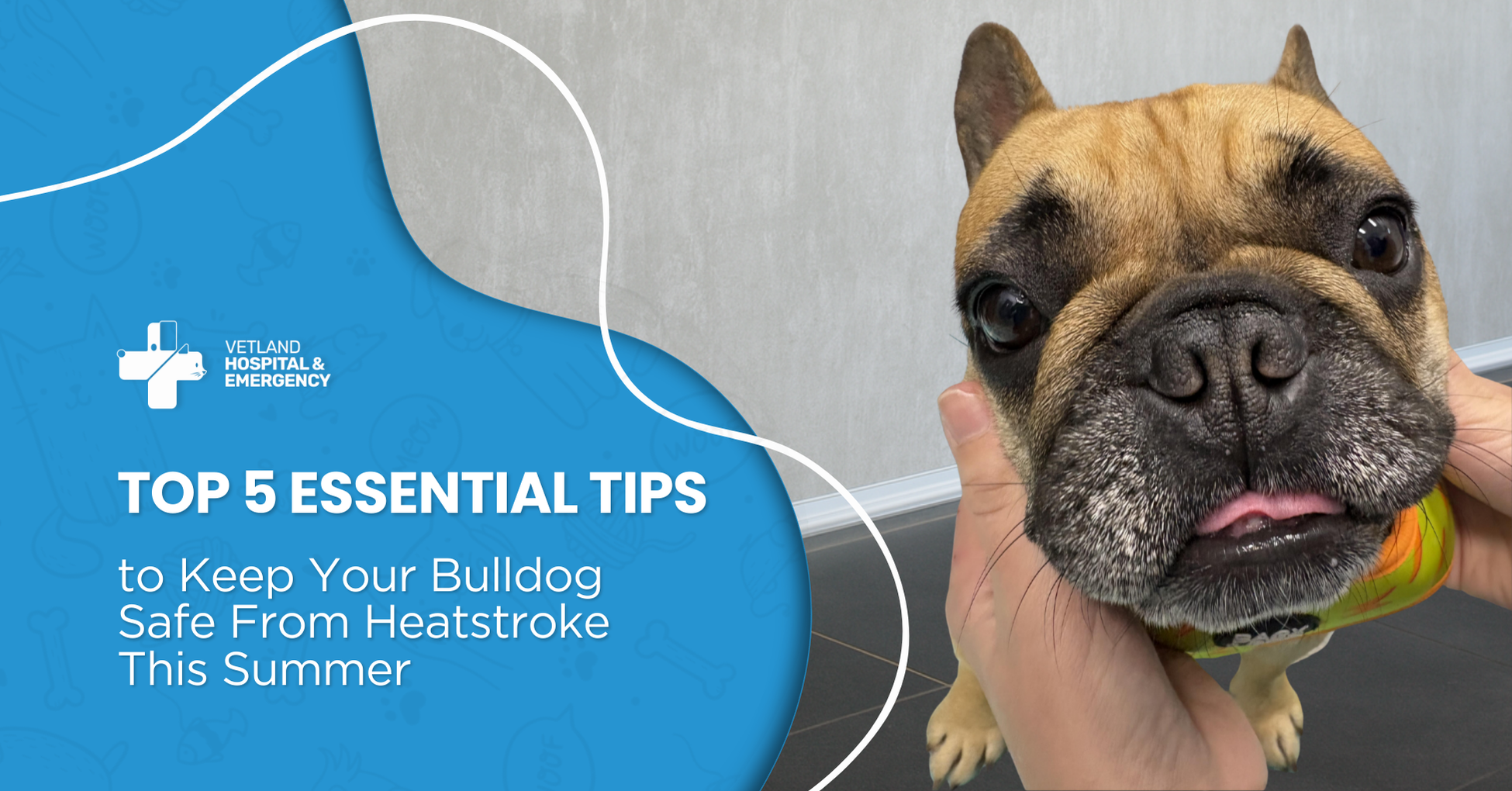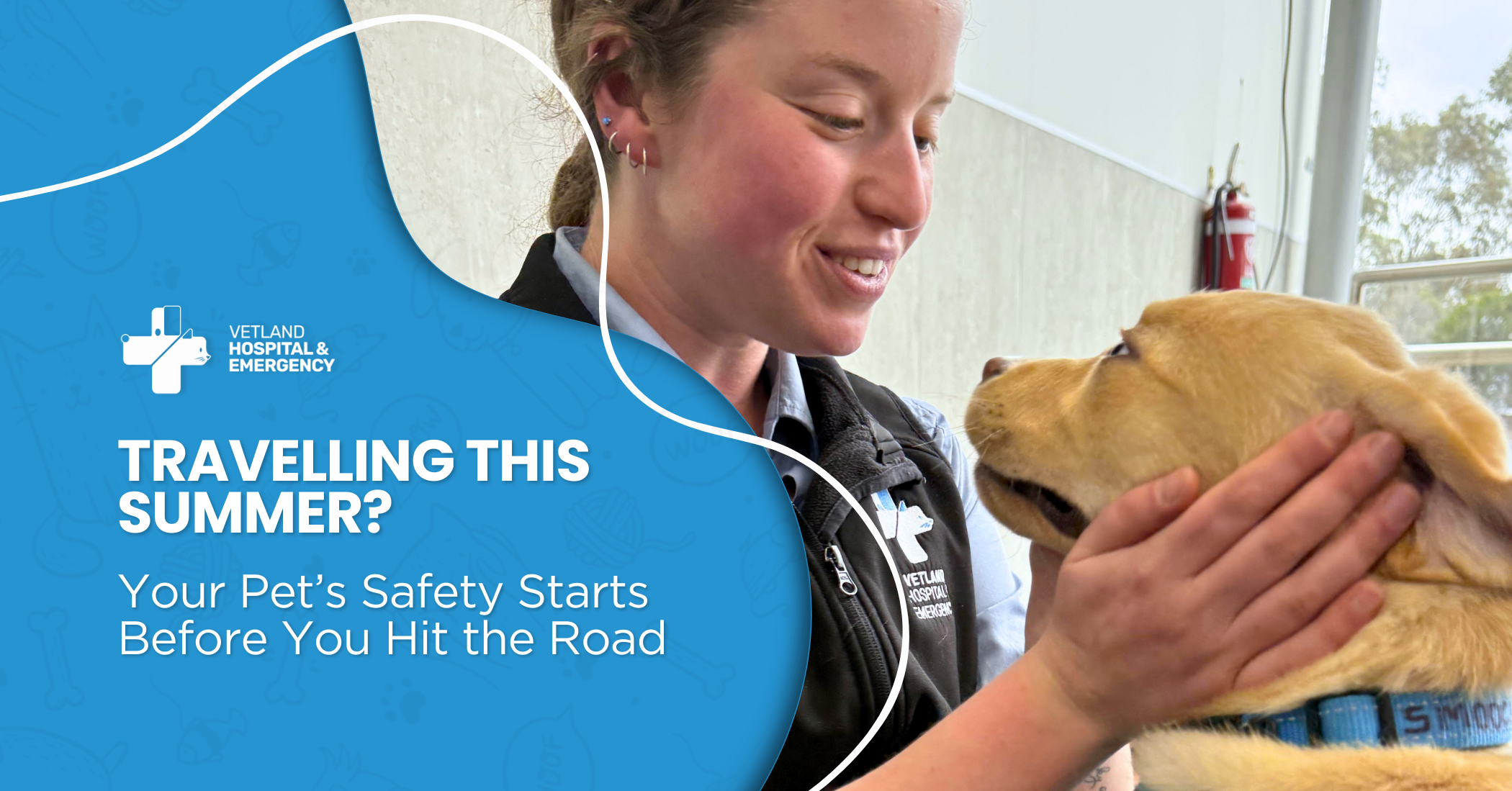Top 5 Essential Tips to Keep Your Bulldog Safe From Heatstroke This Summer
Summer is the season for sunshine, play, and poolside fun. But for bulldogs and other short-nosed breeds, hot weather brings serious risks that quite...

Arthritis is an extremely common ailment among both cats and dogs, with an estimated 80% of dogs over 8 years old and 60% of cats over 6 years old showing clinical signs of discomfort and reduced mobility. Watching them struggle to do things they used to easily can really hurt. But there's good news – aside from the doctor's visits, there are lots of ways you can help them feel better at home. Let's go through some of them, step by step.
Regular massages can provide much-needed relief for pets suffering with arthritis. Arthritis will often cause the muscles to become tender as they compensate for sore joints. Massage can help increase circulation, reduce muscle tension, and alleviate pain.
Applying heat packs or warm towels to arthritic joints can help soothe stiffness and discomfort. Pet families can use heating pads designed for pets or simply warm up a towel in the dryer. Make sure it's not too hot – pets can be easily burnt - any heating pads must always be towel-wrapped. Limit heat therapy sessions to 10 minutes at a time. Be sure to avoid hot water bottles and heated wheat bags, as these can easily burn your pet’s skin.
The best supplements are those containing omega fatty acids as they have been shown to support joint health by reducing inflammation in arthritic joints. You can find these supplements in forms your pet will love, like treats or liquids that they can lap up with their breakfast. We especially love to recommend Epitalis Forte, a pancake-flavoured liquid supplement which contains a special plant extract called Epiitalis which has great antiinflammatory effects, and helps to stimulate cartilage production!
Maintaining a healthy weight is crucial for pets with arthritis, as excess weight can make their joints hurt more. Work with your vet to figure out the best diet for your pet, and find ways to help them exercise that don't hurt – think slow walks or gentle play. By helping your furry friends achieve and maintain a healthy weight, we can minimise their discomfort and improve mobility.
Vigorous exercise is a no-no for arthritic pets. However, gentle activities like short walks, swimming, and low-impact play can help keep their joints mobile and muscles strong. Avoid activities that put excessive stress on arthritic joints and monitor for any signs of discomfort during exercise.
Taking care of a pet with arthritis means doing a bunch of little things that add up to a big difference. It's about being gentle, paying attention to what they need, and helping them stay as active and comfy as possible. By incorporating techniques like massage therapy, heat packs, joint supplements, weight management, and gentle exercise into your pet's daily routine, we can help alleviate pain, improve mobility, and enhance your furry companion's overall quality of life. Always talk to your vet before you try something new, to make sure it's right for your pet. With your love and care, you can help your pet enjoy their days, even with arthritis.
Booking an appointment with your veterinarian has never been easier. Use the form below to search for our available practitioners at a time that best suits you.
If you have an emergency, we urge you not to book a vet appointment using this booking form and instead contact us at (03) 8595 6655 so that we can organise to see you as soon as possible.

Summer is the season for sunshine, play, and poolside fun. But for bulldogs and other short-nosed breeds, hot weather brings serious risks that quite...

Summer holidays are nearly here, and I know many of you are preparing for sunshine, beaches, and long-awaited adventures.If your pet is joining you,...
-1.png)
If you’ve ever wondered whether you’re truly doing the right thing for your pet when it comes to vaccinations, you’re not alone.